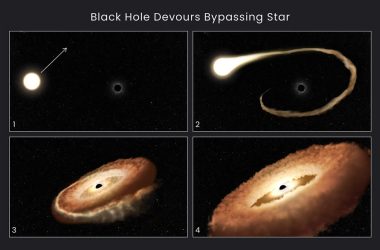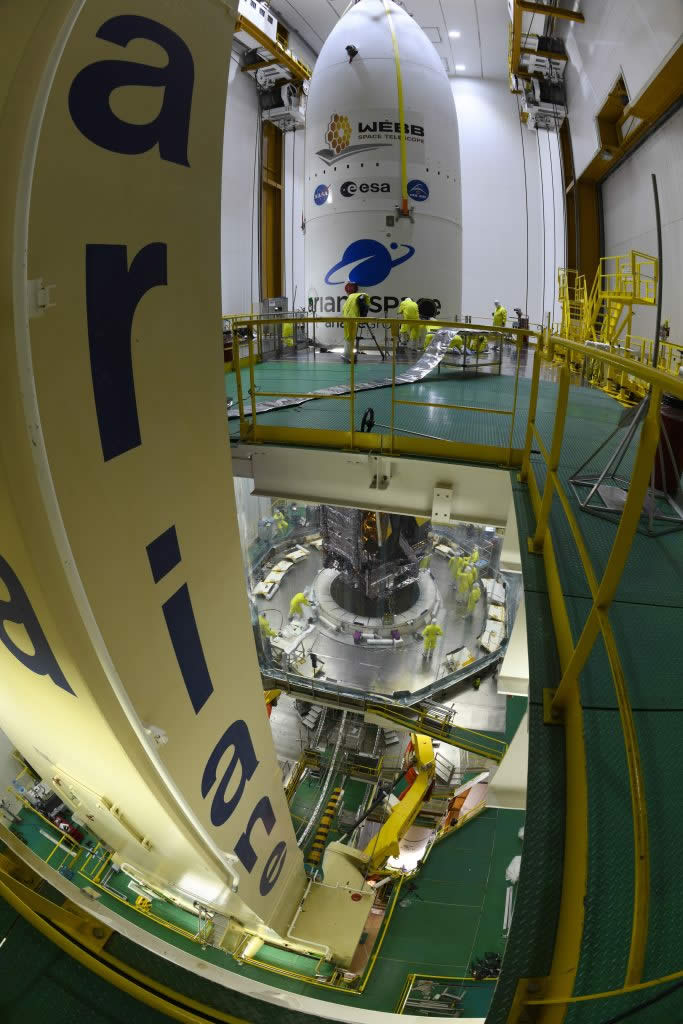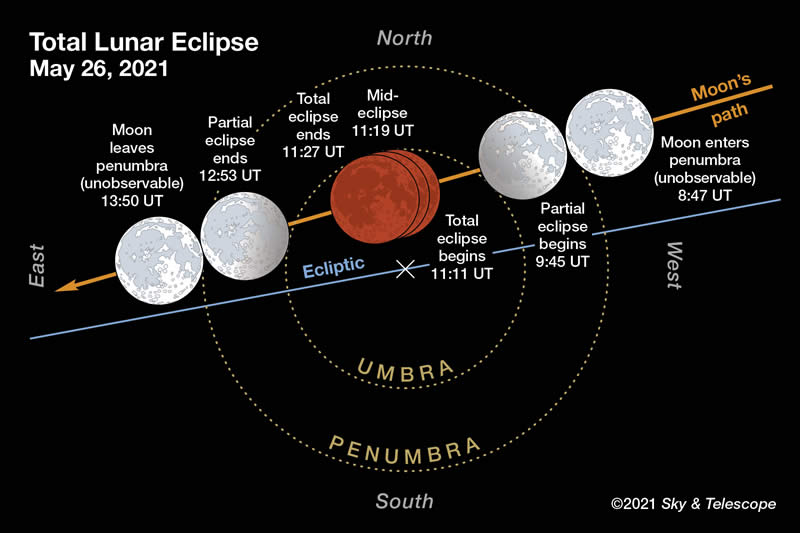Washington, DC–(ENEWSPF)–February 28, 2014. NASA’s aerospace industry partners continue to meet milestones under agreements with the agency’s Commercial Crew Program (CCP), as they move forward in their development of spacecraft and rockets that will transport humans to destinations in low-Earth orbit.
Blue Origin, Boeing Space Exploration, Sierra Nevada Corporation (SNC) and SpaceX each are developing unique transportation systems, and each faces stringent evaluations and tests in 2014. CCP’s engineering team is working closely with its partners as they develop the next generation of crewed spacecraft. NASA intends to certify and use these commercial systems to fly astronauts from U.S. soil to the International Space Station, and back.
“Already this year, NASA and its industry partners are making tremendous progress toward achieving the nation’s goal of restoring America’s capability to launch commercial passengers, including astronauts, from U.S. soil to low-Earth orbit,” said Kathy Lueders, CCP’s acting program manager. “This year, we’ll see hardware testing, flight demonstrations and the award of the Commercial Crew Transportation Capability (CCtCap) contract. We’re excited for what the rest of this year holds and look forward to highlighting the tremendous progress our partners make to advance commercial human spaceflight.”
Working under Commercial Crew Integrated Capability (CCiCap) agreements with NASA, Boeing and SNC met key milestones in late December and throughout January. Boeing worked with United Launch Alliance to complete milestones in the development of an emergency detection system and launch vehicle adapter for the Atlas V rocket planned to launch Boeing’s CST-100.
“United Launch Alliance was an integral partner in both of these milestones, ensuring that the launch vehicle adapter and emergency detection system were fully functioning and safe for our future passengers,” said John Mulholland, vice president and program manager of Boeing Commercial Programs. “A tireless engineering development and analysis effort since the preliminary design review early last year has led to the success of two critical milestone completions.”
The CST-100’s emergency detection system is an integrated set of hardware and software that will operate with the avionics systems of the Atlas V rocket as it lifts off and ascends into orbit. In the event of a confirmed emergency, the detection system will send a signal to the CST-100 to trigger escape thrusters on the spacecraft to push the crew out of harm’s way and return them safely to Earth.
Engineers ran the software through a series of emergency scenarios to verify the performance of the escape system, carefully tracking how changes in one component might affect another. The launch vehicle adapter that connects the CST-100 to the top of the rocket also received significant attention during the critical design review. Boeing demonstrated that pilots could take over control of the CST-100 and fly it through various phases of a mission successfully.
Chris Ferguson, director of Boeing’s Crew and Mission Operations and former space shuttle commander, led the testing. Sitting inside a simulator replica of the spacecraft, Ferguson demonstrated how the CST-100’s flight computers would immediately relinquish control of the spacecraft to the pilot — a NASA requirement for crewed spacecraft destined low-Earth orbit. The feature is comparable to turning off the autopilot function of a commercial aircraft.
SNC’s team recently concluded an incremental critical design review of the Dream Chaser lifting body spacecraft and its related systems. The company also completed a database validation review based on data gathered during the company’s first free-flight test in October 2013. The review confirmed that the Dream Chaser flies and navigates as designed and can perform both controlled descents and landings.
“SNC’s Dream Chaser program is continuing its steady progress toward flight certification,” said Mark Sirangelo, corporate vice president and head of SNC’s Space Systems.”By completing these important milestones, SNC is confident that our vehicle design is sound and that the spacecraft can successfully fly within established and expected flight boundaries. SNC is now advancing and upgrading the Dream Chaser test spacecraft in preparation for additional flight tests in 2014.”
All four of NASA’s industry partners continue to meet their established milestones in developing crew transportation systems and are preparing for several more. Blue Origin is preparing to complete its two remaining milestones under an unfunded Commercial Crew Development Round 2 (CCDev2) initiative extension. Later this year, NASA will review the company’s propellant tank assembly and subsystem interim design. The primary structure design of Boeing’s CST-100 will go through a critical design review that will determine if the spacecraft as a whole is ready for manufacturing. SNC is preparing for a review of data from numerous wind tunnel tests, which will further mature the Dream Chaser Space System design. In the coming months, SpaceX will host increasingly detailed reviews of the company’s integrated systems and progress on its ground systems. SpaceX also will conduct two flight tests of Dragon’s launch abort systems, powered by two SuperDraco thrusters that will push the spacecraft into the sky rather than pulling it up, as previous launch abort systems have done.
Milestones achieved by CCP’s partners continue to push commercial spacecraft and transportation systems from design to reality. The successes of NASA and American aerospace companies are ushering in a new generation of space transportation capabilities, which will enable new opportunities for humans to live and work in space.
For more information about CCP and its aerospace industry partners, visit:
http://www.nasa.gov/commercialcrew
Source: nasa.gov








